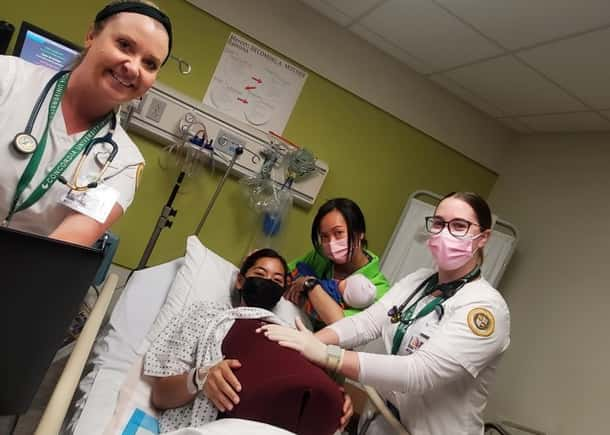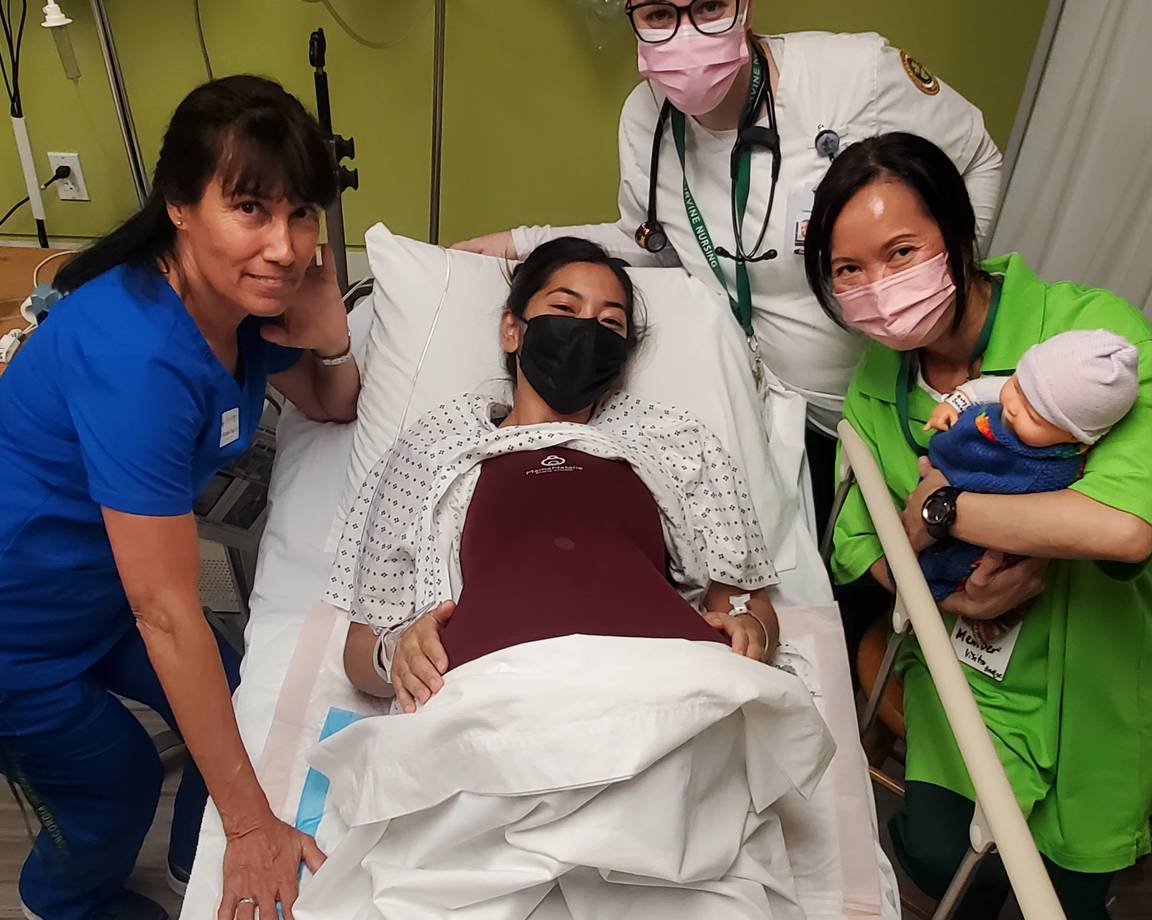How to help learners practice safe healthcare to decrease mortality during labor
Customer story

Customer story

California, US
The challenge
In recent years, there has been an increase in maternal mortality rates in the United States.The maternal mortality rate for 2020 was 23.8 deaths per 100,000 live births compared with a rate of 20.1 in 2019.1 Additionally, Black women are disproportionately affected as they are more than three times likelier to die during childbirth.2
In California, postpartum hemorrhage is one of the leading causes of severe maternal morbidity and mortality. Postpartum hemorrhage is potentially preventable. Access to quality, patient-centered healthcare wherever the mother is located is vital for quick recognition and treatment of childbirth emergencies.
The Solution
MamaNatalie is a birthing simulator that makes it easy to create very compelling simulations of complex or normal birthing scenarios. Learners can train on normal delivery, post-partum complications and neonatal resuscitation to improve management of skills and communication from ambulance to delivery room. Nursing schools including MamaNatalie in their curriculum will have the advantages of utilizing:

Enhance team communication and exercise clear leadership with multi-professional simulations. Use debriefing to include reflection and self-assessment.
Learn to evaluate the placenta, and identify uterine firmness. Practice performing uterine massage and bimanual compressions. Enable staff to identify critical blood loss and respond according to protocol.
Research shows that training with MamaNatalie leads to a significant reduction in severe post-partum hemorrhage and a reduction in blood transfusion rates after birth.
The Experience
"MamaNatalie brings the option of a wearable device for student-learners to practice safe healthcare delivery and preventative measures to help decrease mortality and morbidity in labor and delivery simulations," explains Elizabeth Vega, Associate Professor and Simulationist at Concordia University.
"Eleven years ago, I developed interest in the MamaNatalie birthing/postpartum wearable device because of Laerdal’s `Buy One Gift One` initiative: for every MamaNatalie purchased, another one is donated to a low-resource country for teaching purposes. For the past five years I have been using the MamaNatalie wearable uterine device in nursing student clinical simulations to practice maternity nursing skills of Leopold’s maneuvers and fundal assessment for intrapartum and postpartum scenarios."
"MamaNatalie is easy to set up and use, with a strap to secure around the waist. It holds one liter of simulated blood and is operated by the student-learner. The beauty of having a student-learner wear this prop is when theater mimics life. The student responds to questions in real time, acts out the vital signs on the monitor, operates the prop to bleed out, and allows the nursing student healthcare team to respond in the moment to a life-threatening situation."
"The nursing students feel the urgency of the situation when they view the bloody chux and continued blood flow during the simulation. In addition, the simulated clinical environment is outfitted to provide whatever the students would need to enact the CQMCC protocol. The students' remarks following this simulation include, 'felt real', 'we needed more people,' and 'we learned the value of fundal massage and maternal assessment following delivery.'
Using this valued wearable device/prop in maternal-child nursing student simulations may help improve these future nurses in readiness, recognition, and response to postpartum hemorrhage in maternity settings."
Submitted by Elizabeth Vega, Associate Professor and Simulationist at Concordia University
Deliveries and drills
• Normal delivery
• Assisted delivery: forceps and vacuum
• Breech delivery
• Postpartum Hemorrhage
Anatomy and clinical features
• Positioning and delivery of the baby
• Delivery of the placenta (complete, partially retained and retained)
• Cervix landmark
• Urine bladder catheterization
• Uterine massage (atonic and contracted uterus)
• Controllable uterine firmness
• Realistic bleeding
• Bimanual compression
For each birthing simulator purchased through Laerdal Medical for use in high-income countries, a second one is donated to support the Helping Mothers Survive initiative in low-income countries. The gifted simulators are used for implementing the Helping Mothers Survive Program in more than 40 countries.